

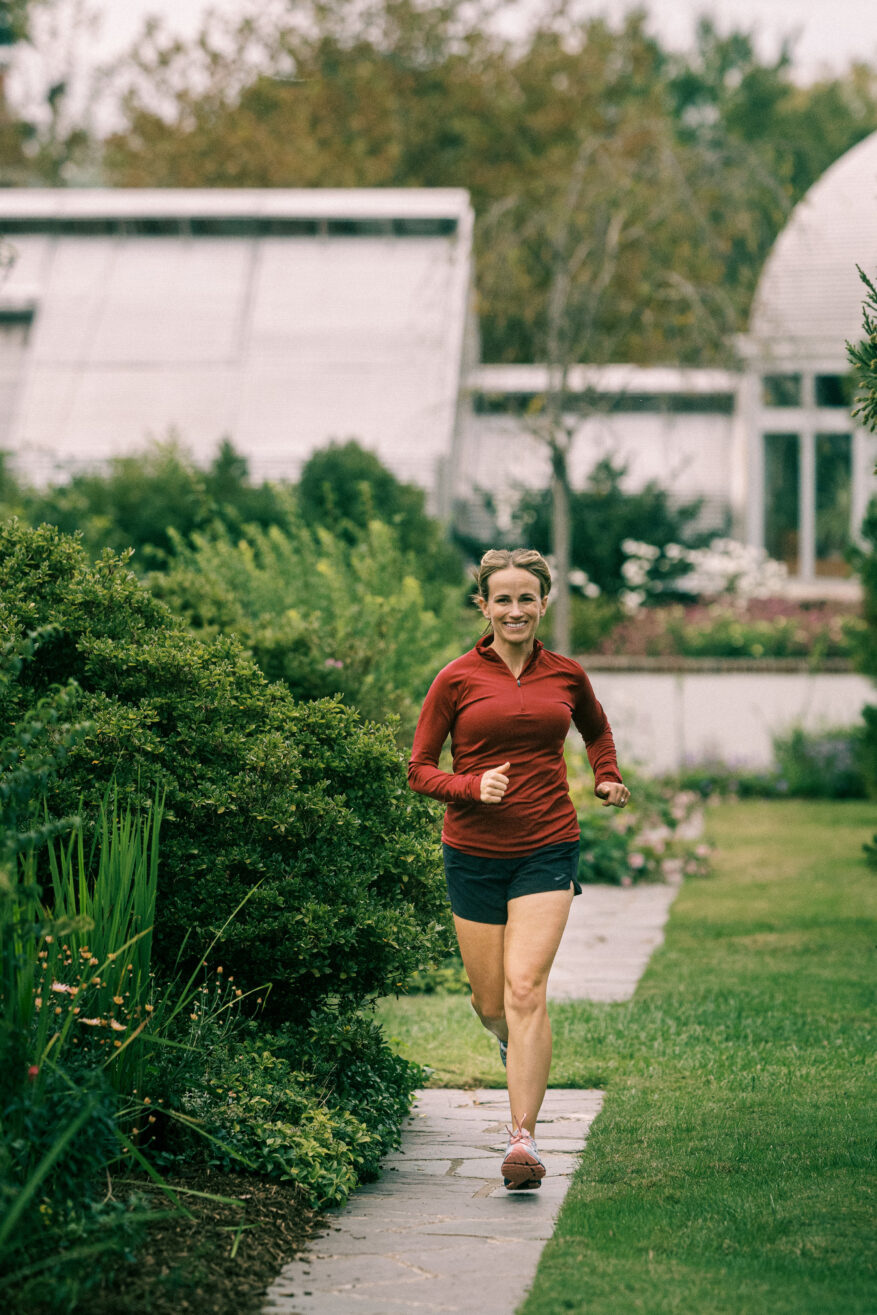
Since I’ve been running for over 20 years and have run 50+ races (including the Boston Marathon, twice), I am often asked by friends, family and followers for tips to be a better runner. What I first ask people is “well, what would it mean to you to be a better runner?” Being a better runner doesn’t necessarily mean a faster runner or a runner who can run 26.2 miles. Everyone’s definition is a little bit different, but everyone can agree that a better runner always correlates with a healthier runner who gets injured less often.
There are lots of ways that beginners and long-time runners can improve and become better runners, whether that’s running faster, further or both! I’ll share my tried and tested tips today on how to be a better runner, whether you just started running or have been logging lots of miles for years.
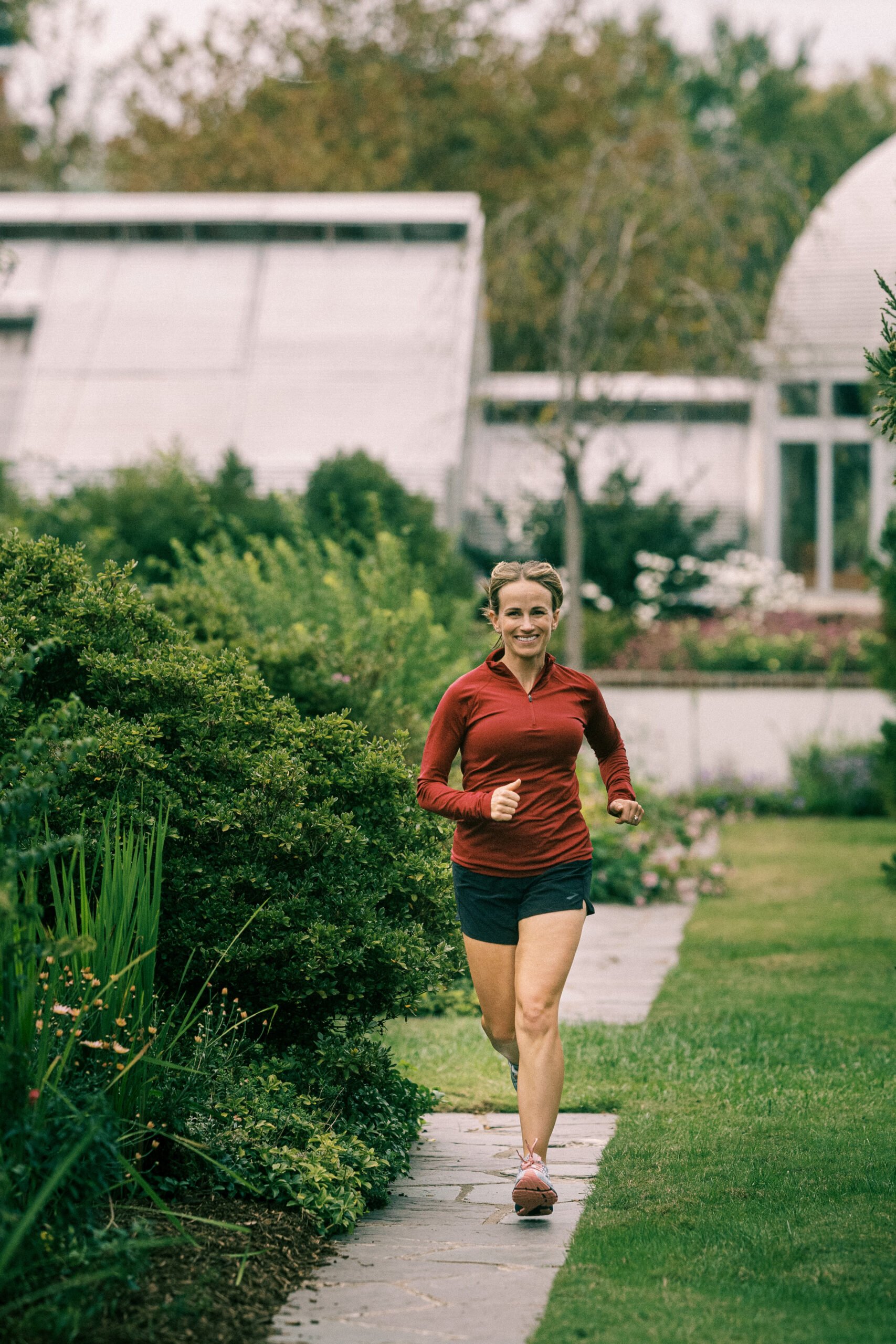
Contrary to catchy article subject lines, the “best running shoes” is impossible to define. Why’s that? Because my favorite running shoes may not be the best pair of running shoes for you! We all have different running experience, running goals and biomechanics, all of which impact the running shoes you need.
If you aren’t sure what shoes are right for you, head to a speciality running store to get fitted. They’ll likely do a gait analysis to determine if you pronate, supinate or have a neutral foot strike. Unsure of the jargon? Ask them! Or, join my online running group to get access to my Runner’s Dictionary, along with a class dedicated to explaining how to pick the right running shoes shoes.
Once you have your shoes, make sure you replace them regularly. Again, this will vary by runner, depending on how many miles you run a week. A good rule of thumb is to replace your shoes once they have 300-500 miles on them. That’s a big range, so pay attention to how you feel when you run. If you start to feel extra creaky, injuries pop up, or your shoes just feel flat, that’s a good sign your shoes need to be replaced. I use Strava to track the miles on my shoes and take my own advice to help running shoes last longer!
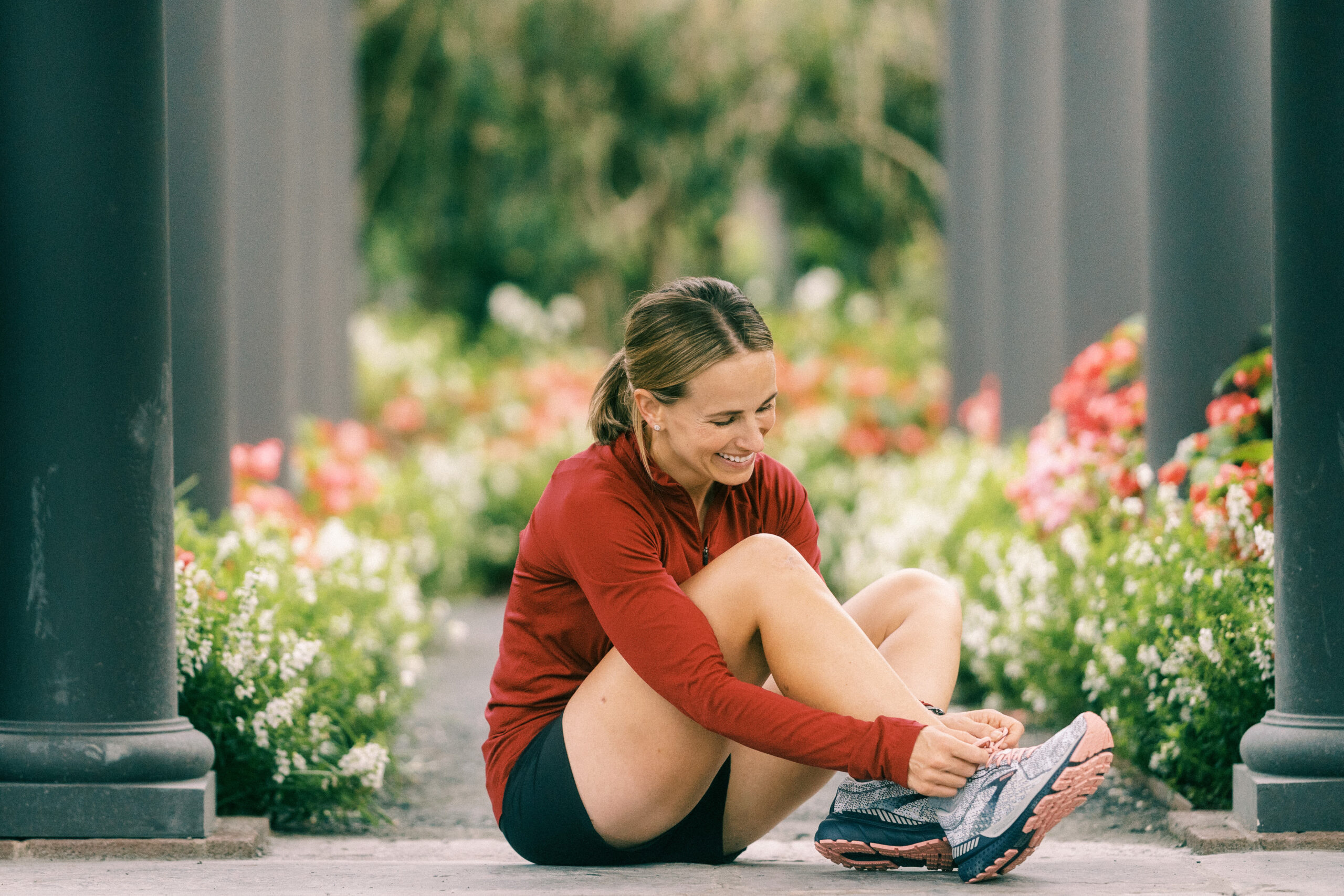
Before you head out the door, make sure you eat and drink a little something. What you’ll need to eat varies on intensity and effort, but you’ll run better with a little something on your stomach. If you’re running more than 60 minutes, you’ll need to hydrate and take in some calories while you’re out running. I have a few go-to pre-run snacks and I always have a glass of water and one cup of coffee before a run. (And don’t eat everything in the picture below! Pick 1-2 options!)
If you really want to dig into optimal fueling strategies, join my online running group where I share more information about sports nutrition. I go over exactly how your carbs, fat and protein intake should vary depending on your workouts and when you should eat around your workouts.
While fasted workouts and the keto diet are trendy, eating carbs is super important, especially before a run. So, if you want to be a better runner, get used to eating before a run.

The right shoes, the best source of carbs and the most advanced marathon training plan can make you a better runner…for a time. But, if you don’t prioritize recovery, you’ll head down the path to injury. And returning to running after an injury can be just as frustrating as the injury itself! When I finally started prioritizing recovery, I stopped getting injured so often. In fact, my running coach for the Boston Marathon was SO serious about my rest days that he made sure to hold me accountable.
Recovery isn’t complicated, but it takes effort.
Recovering from a run can feel like an entirely separate workout, but even small amounts of something every day will make a big difference. I prioritize five minutes of stretching after every single workout. If I really don’t have time for five minutes of stretching, I cut my workout short by five minutes! InsideTracker is also a great tool for monitoring biomarkers that indicate you’re not recovering enough.
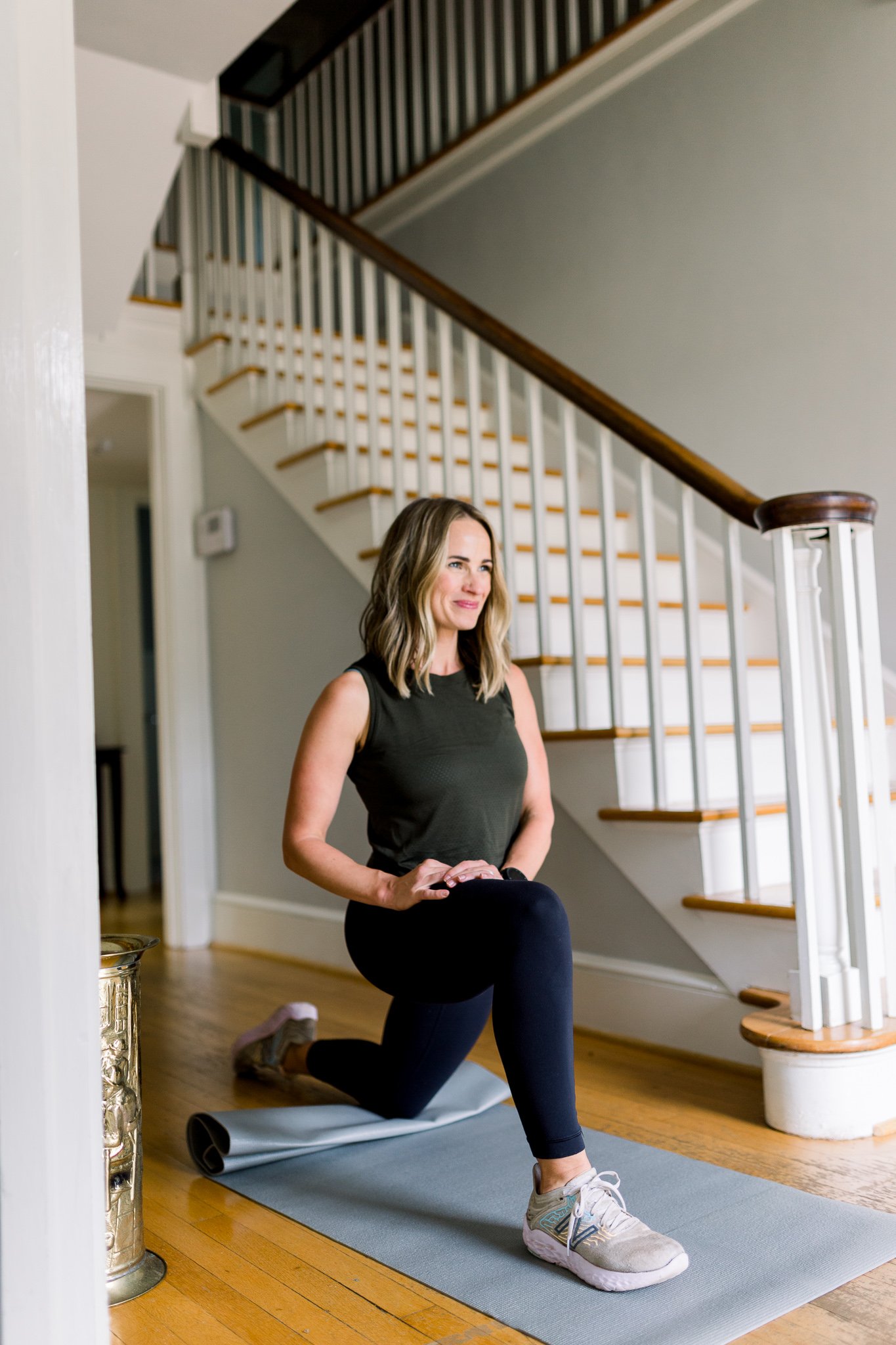
One of the best ways to become a better experienced runner is to do all types of running – hard running, easy running, fast, slow, longer and short! By varying your workouts, you’ll teach your body to fire different systems (e.g. anaerobic vs. aerobic, fast-twitch muscle fiber vs slow-twitch) and all of those will help you improve.
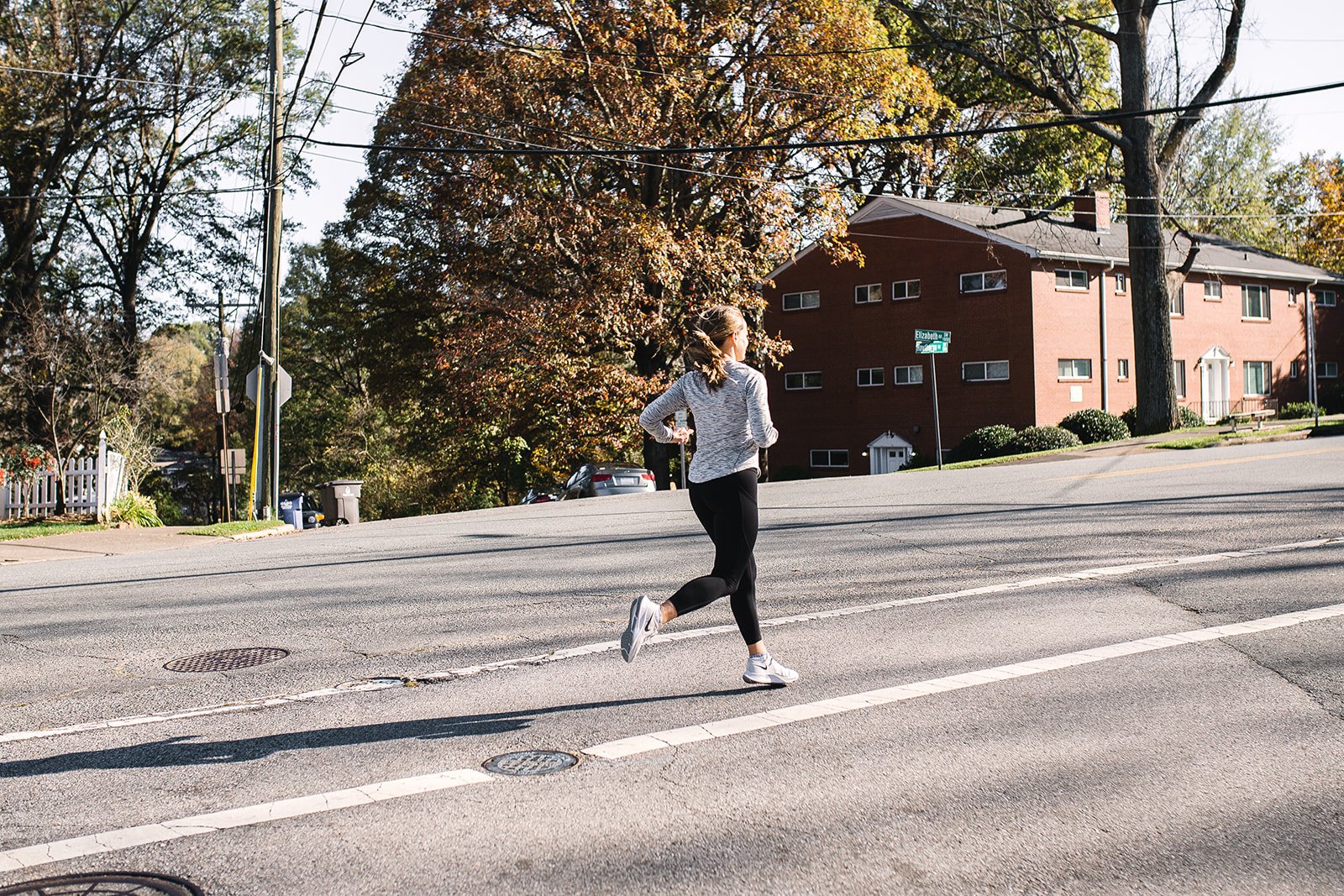
It may sound counterintuitive to do non-running workouts to become a better runner, but adding cross training and strength training to your routine will improve your running. Cross training is anything that isn’t your primary form of working out. So, hop on the Peloton once a week or go for a swim, if you have a pool available to you. The best form of cross-training is one you’ll actually do. It helps strengthen neglected muscle groups, reduces impact from the repetition of running and helps prevent burnout. And yes, it will help prevent injuries.
Runners are notorious for neglecting strength training, but so many injuries are the result of weak glutes, hips and core muscles. If you are constantly fighting running injuries, it’s going to be hard to make progress in your training. Strength training can be as little as 10-20 minutes a day, a few times a week. Tack on a short strength session after a run or take a day off running to dedicate more time to weight training. Here’s how I balance both running and strength training in a given week. I use the Peloton app since there are so many great Peloton strength classes, including ones that are designed specifically for runners. The 10 minute workouts are my go-to’s most days. A little bit done a few times a week really will add up and is far better than nothing.
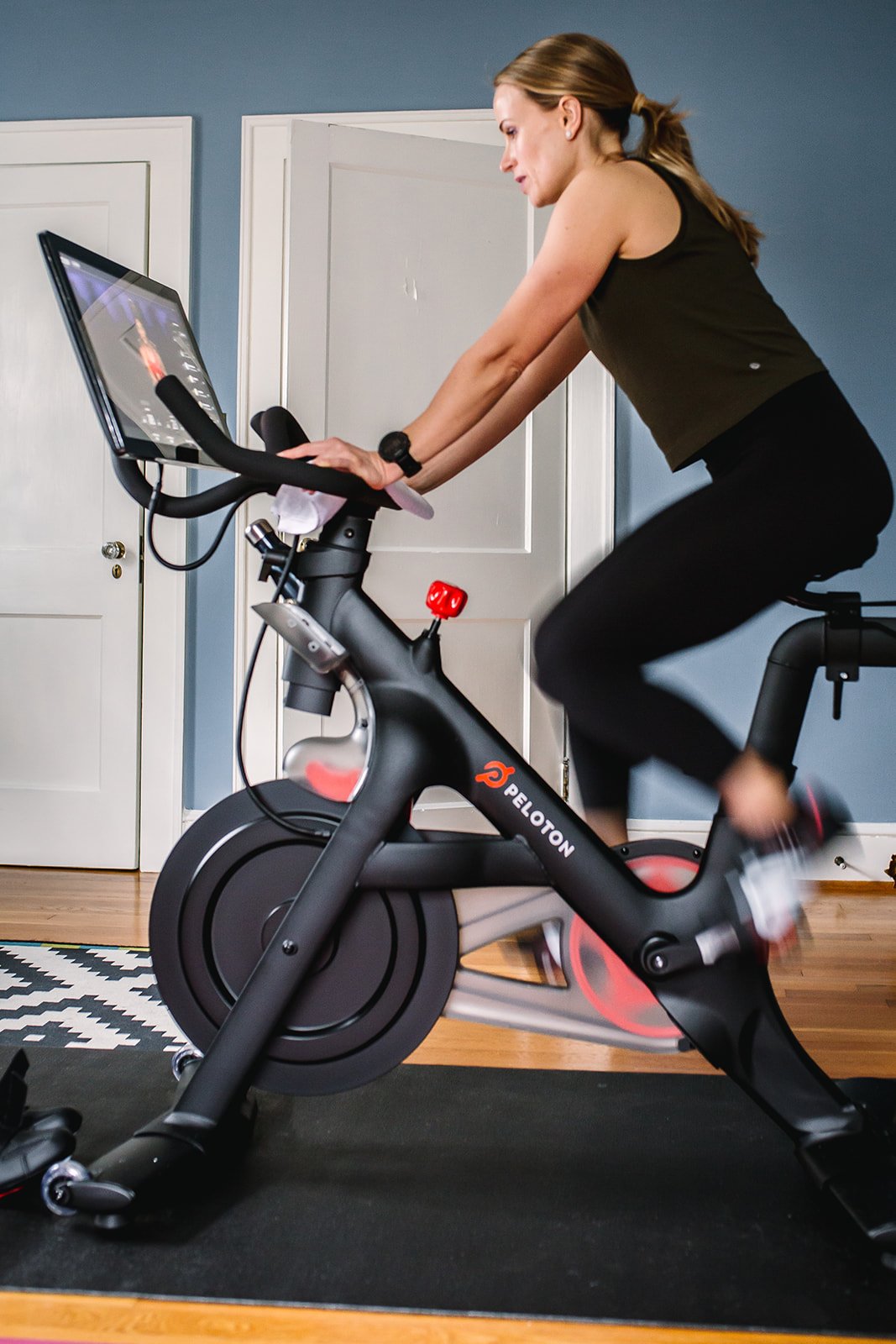
If you have only been running for a few weeks or months, be patient. It really does take time for running to feel more comfortable and natural. If you’ve been running for years, but take big chunks of time off because of life, injuries or lack of motivation, that will impact your progress. The bottom line is that seeing big improvements in your running takes consistency, day after day, week after week, month after month and year after year. So, look at your habits, your schedule and your training and be honest about where you can improve.
All of these things are designed to help you develop consistency in your workout routine and truly enjoy running. Because big improvements in running really do come from small changes that you keep doing and keep building upon. And we all have room to improve. Even I struggle with consistent strength training (I have to write down when I’m doing it or it doesn’t happen!) and foam rolling isn’t my favorite. But, I know they’re critically important to improving.
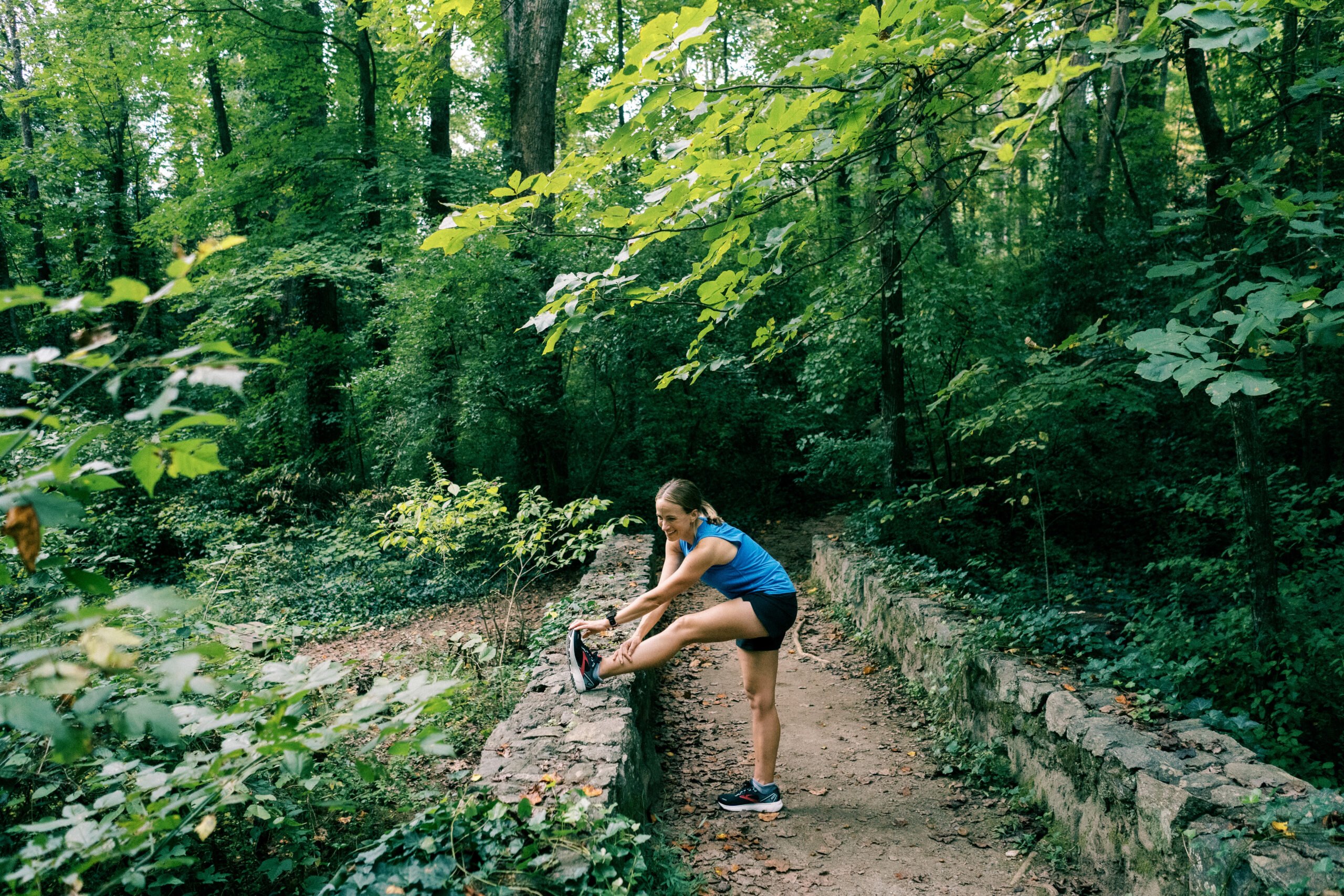
Okay, your turn! What tips would you give someone who wants to improve his or her running? Which of these do you struggle with?
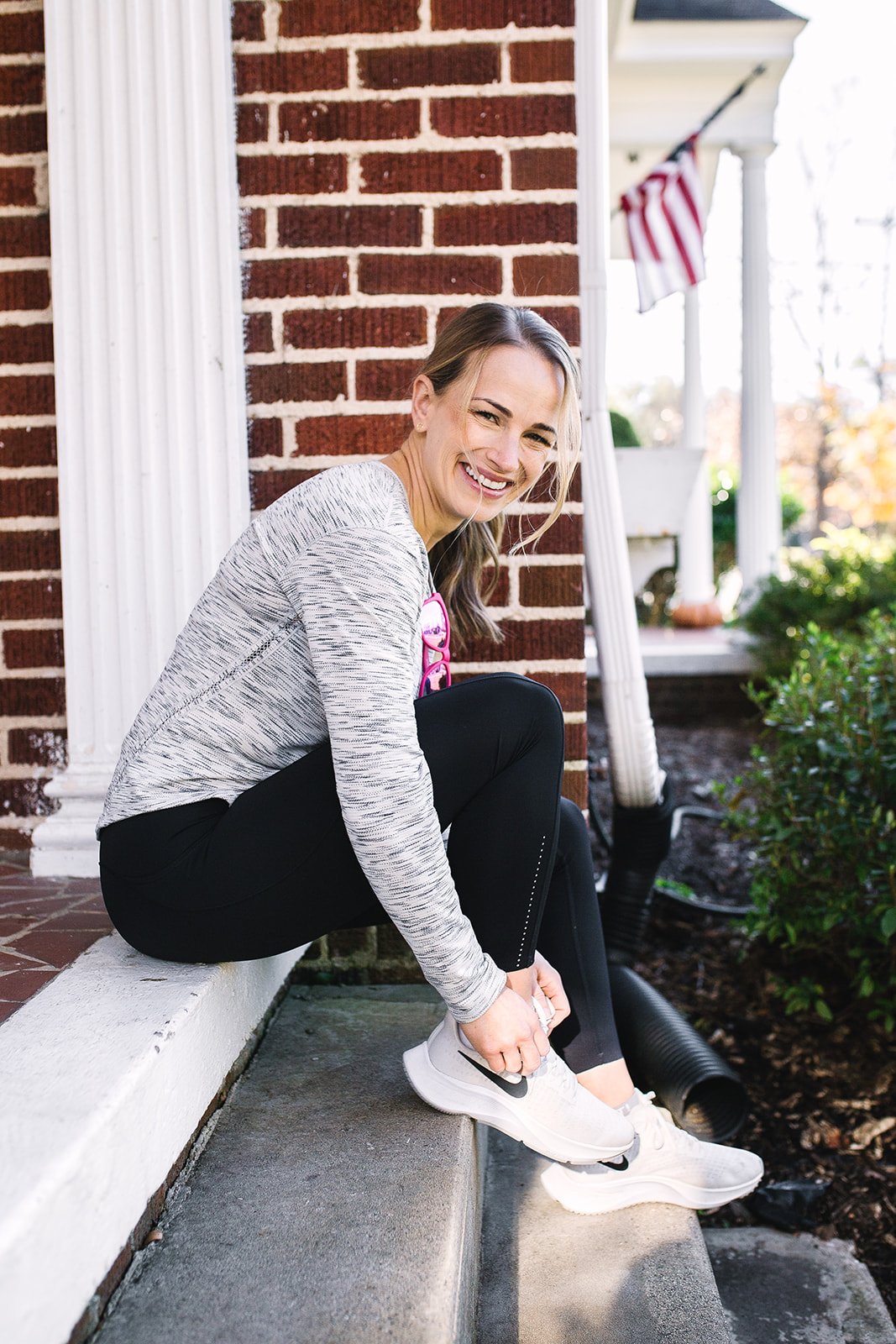
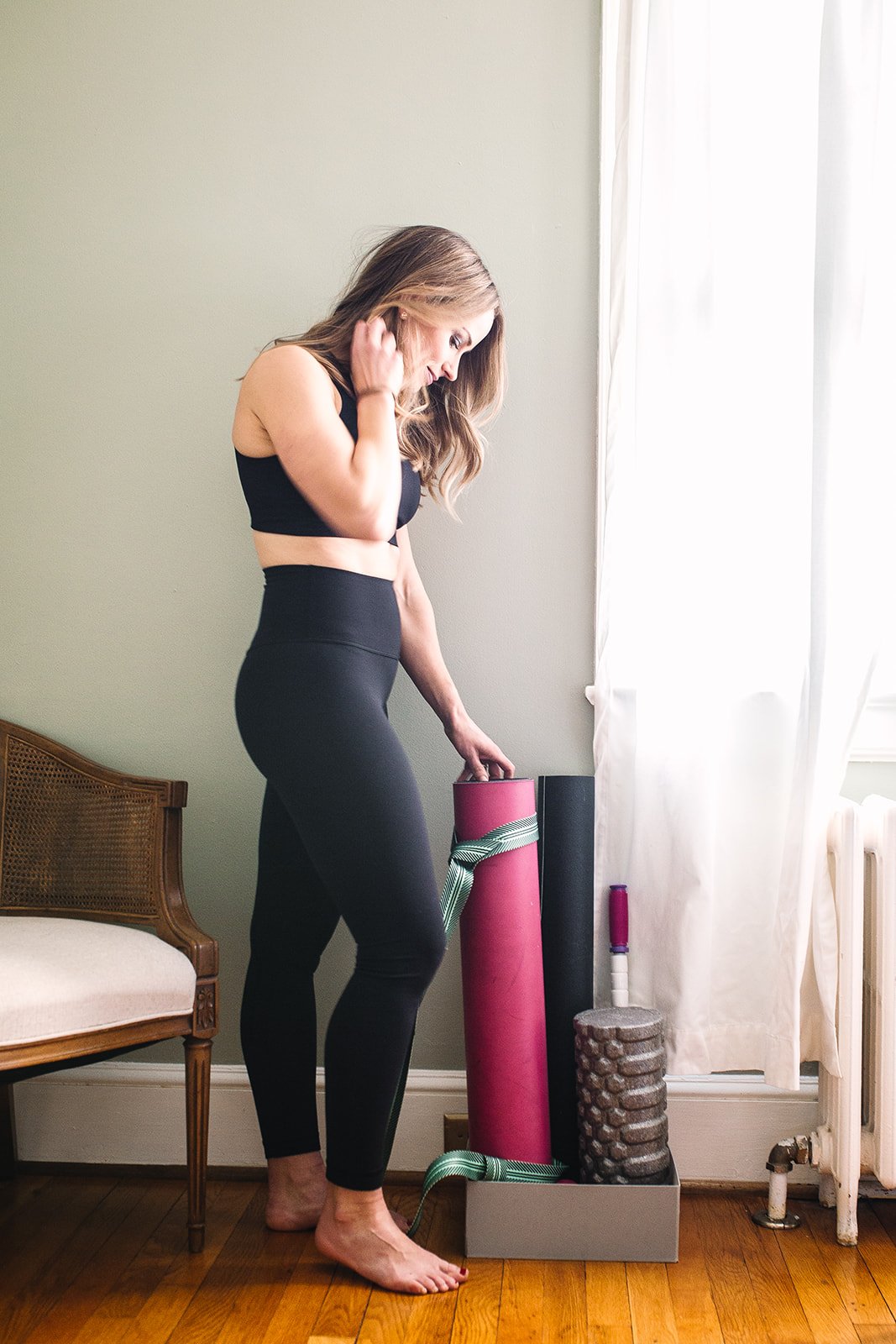


Leave a Comment